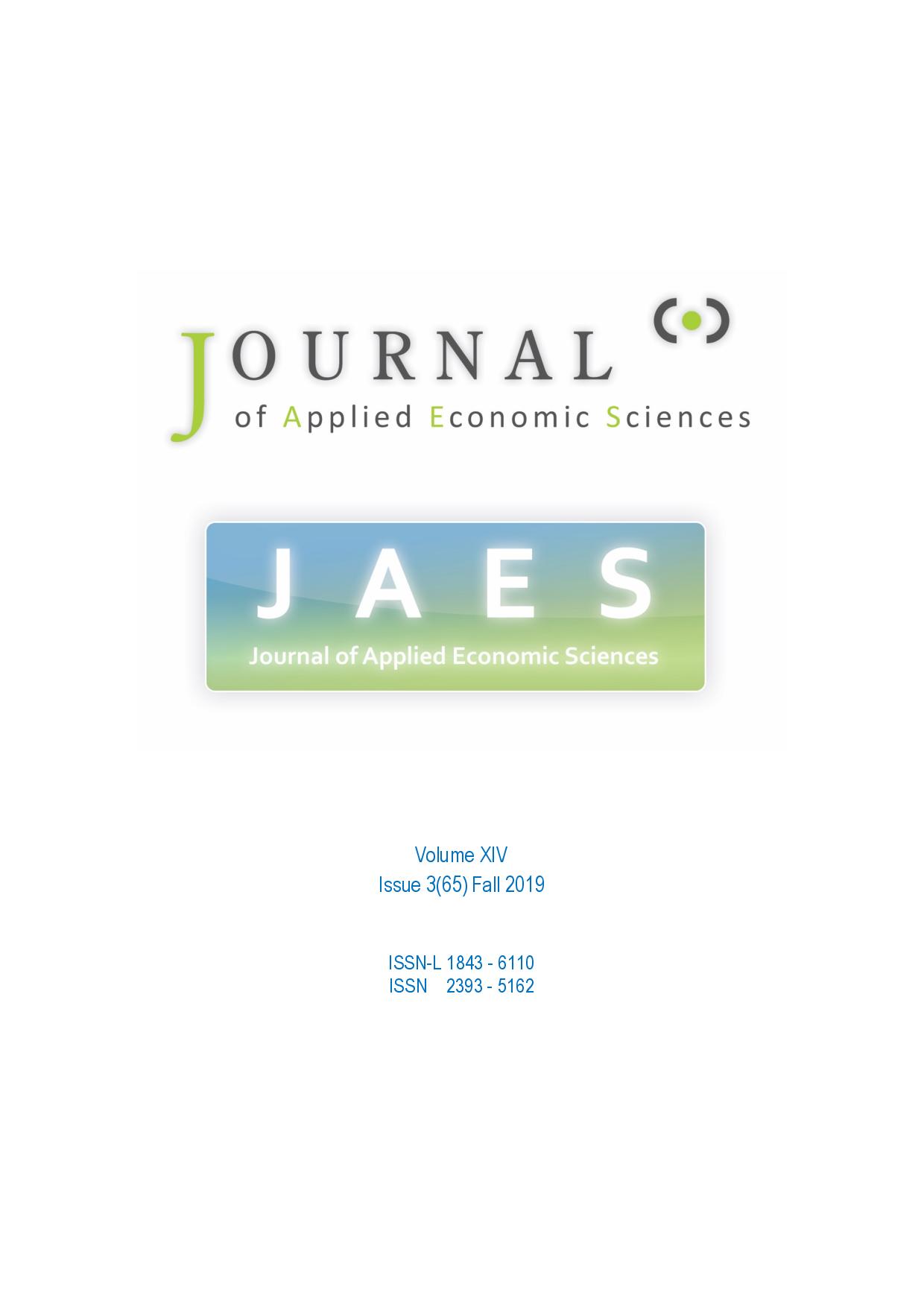Regime Heteroskedasticity in Bitcoin: A Comparison of Markov Switching Models
Regime Heteroskedasticity in Bitcoin: A Comparison of Markov Switching Models
Author(s): Daniel R. CHAPPELLSubject(s): Economy, Supranational / Global Economy, Financial Markets
Published by: ASERS Publishing
Keywords: Bitcoin; Markov; regime; nonlinearity; volatility; jumps;
Summary/Abstract: We deploy a discrete state hidden Markov regime switching (MRS) model to investigate the volatility dynamics of Bitcoin. Firstly, to isolate the heterogeneous volatility regimes, secondly to map the regime switches and thereby identify the pertinent volatility dynamics, and thirdly to determine the optimal number of states for capturing the regime heteroskedasticity of Bitcoin. As such, we fit a sample of daily log returns for the cryptocurrency with six M-states MRS models, with M ϵ {2, …, 7}. Where was necessary, we parsed the estimations through a transition restriction matrix. Goodness–of-fit will be judged using three information criteria, namely Bayesian (BIC), Hannan-Quinn (HQ) and Akaike (AIC). We determined unanimously that the restricted 5-state model generated the optimal estimation for the sample. In addition, through examination of the resultant restricted transition probabilities, we found consistent evidence of several dynamic nonlinear characteristics in the data, namely volatility clustering, non-sequential regime switches, asymmetric regime switches and the persistence of shocks.
Journal: Journal of Applied Economic Sciences (JAES)
- Issue Year: XIV/2019
- Issue No: 65
- Page Range: 621-641
- Page Count: 21
- Language: English

